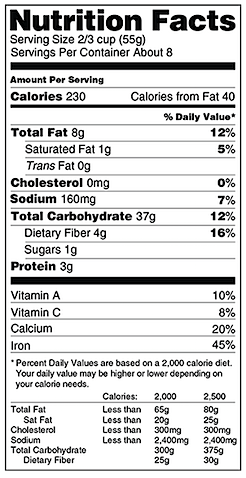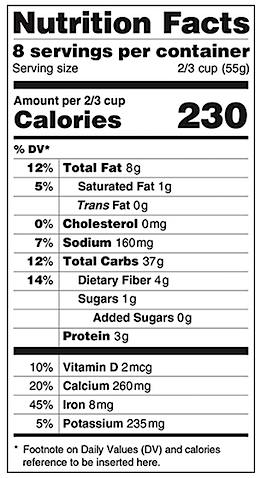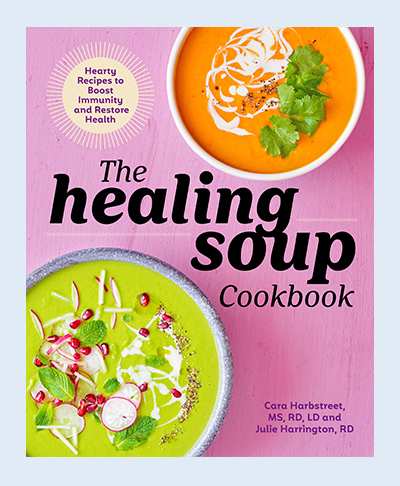I don’t know if you have heard the buzz this past week, but the FDA is proposing some changes to help better inform consumer about their food choices. I reviewed the proposed updates and have my own opinions about the update. I would love to hear what everyone else thinks! If you haven’t read up about the changes, you can catch up right here.
Why the update?
Americans are eating larger serving sizes. The rate of obesity, heart disease, and stroke remain high. A poor diet contributes to these diseases. The FDA wants to update the nutrition label to help provide important nutrition information to raise awareness and make it easier to understand to make healthier choices.
“Obesity, heart disease and other chronic diseases are leading public health problems,” says Michael Landa, director of FDA’s Center for Food Safety and Applied Nutrition. “The proposed new label is intended to bring attention to calories and serving sizes, which are important in addressing these problems. Further, we are now proposing to require the listing of added sugars. The 2010 Dietary Guidelines for Americans recommends reducing calories from added sugars and solid fats.”
“The goal is to make people aware of what they are eating and give them the tools to make healthy dietary choices throughout the day,” says Leighton.
Current Label:

New Proposed Label:

Let’s look at the changes (with my opinions):
The first thing consumers would notice is a greater emphasis—with larger and bolder type—on calories. “The number of calories is especially important to maintaining a healthy weight,” says Leighton.
I like how the calories are clearly stated, but I don’t necessarily like that it’s the biggest and boldest on the label. It leads your eye directly to the calories, which does not always mean it’s a healthy choice.
For the first time, “Added Sugars” would be included on the label. On average, Americans eat 16 percent of their daily calories from sugars added during food production.
I really like this feature. So many products have added sugar in them. It’s great to be able to distinguish naturally occurring sugars (like lactose in yogurt) compared to sugar fillers.
And the calories from fat would no longer be listed. “We know that the type of fat is more important than the total amount of fat,” says Kavanaugh. Total, saturated and trans fat will still be required.
The calories from fat often confused many people. By simplifying it to just the total, saturated, and trans fats will help consumers understand better.
The number of servings per package would also be more prominent. And “Amount Per Serving,” would now have the actual serving size listed, such as “Amount per cup.”
I like how the number of servings per package is more prominent. I felt that was often not looked at close enough and now it will help with proper portion control.
FDA proposes updating serving size requirements. These updates would reflect the reality of what people actually eat, according to recent food consumption data. By law, serving sizes must be based on what people actually eat, not on what they “should” be eating.
I am on the fence about this one. I don’t necessarily think we should up the serving size just because society is eating larger portions. I think the serving size as is “what people should be eating”, is a great tool to help promote smaller portions.
FDA would update Daily Values for various nutrients. Daily Values are used to calculate the Percent Daily Value (%DV) on the label, which helps consumers understand the nutrition information in the context of a total diet. In addition, the %DV would be shifted to the left of the label. FDA wants to help consumers visually and quickly put nutrient information in context.
Honestly, when I first looked at the new proposed label I didn’t even know it was on the other side. With it in it’s own column, it looks organized. It makes sense since people read left to right, they would see the %DV first.
The amounts of potassium and Vitamin D would be required on the label. Vitamin D is important for healthy bones, especially among women and the elderly. And potassium helps to lower blood pressure and prevent hypertension. “We have evidence that people are not consuming enough of these nutrients to protect against chronic diseases,” says Leighton.
Yes, vitamin D is important, and most Americans lack this vitamin, but I feel like Vitamin D is the latest buzz in nutrition. It just proposed questions like why not include omega-3’s or any value then?
What do you think of the new proposed nutrition label?
(Source)







